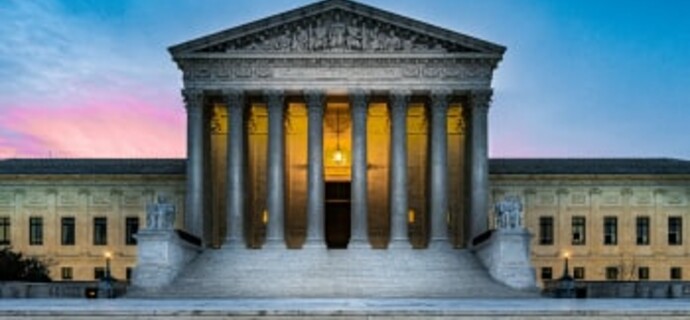Supreme Court's Unusual Dismissal in "In Re Grand Jury" Case: A Lucosky Brookman LLP Perspective

Earlier this month, the legal community closely watched as attorneys for an undisclosed law firm presented arguments before the Supreme Court, advocating for a broader interpretation of the attorney-client privilege. Justice Elena Kagan characterized this request as "ambitious," and during the oral arguments, she humorously remarked, "If it's not broken, why fix it?" It appears that this viewpoint prevailed. On Tuesday, the Supreme Court took the unusual step of dismissing the case, known as "In Re Grand Jury," labeling it as improvidently granted.
The Significance of a "DIG"
This uncommon action, commonly referred to as a "DIG" in legal parlance, essentially amounts to a withdrawal of the writ of certiorari. This leaves the lower court's decision intact, as if the Supreme Court had initially declined to hear the case. The Court rarely provides insights into its rationale for issuing a DIG.
Speculations and Implications
Legal analysts often surmise that the Court opts for a DIG when the case's facts do not provide an ideal framework for resolving the legal question at hand. In this specific case, the petitioner was seeking to extend privilege protections to dual-purpose communications—those that serve both legal and business objectives—as long as the legal aspects were "significant." However, the case may have presented an ambiguous set of circumstances that made it challenging for the Justices to arrive at a definitive legal conclusion. Given that this case emerged from grand jury proceedings, many details, including the documents in question and the identity of the law firm involved, remain confidential.
The Unanswered Question
The true motivation behind the Court’s decision to DIG remains a mystery. It is possible that the Court may revisit the issue of dual-purpose communications in a future case that provides a more concrete factual basis for legal interpretation.
The Prevailing “Primary Purpose” Test
For the time being, the Ninth Circuit, where the case originated, along with the majority of federal circuits, will continue to apply the "primary purpose" test. This test guides courts in determining whether the primary or dominant purpose of a communication between an attorney and client is legal. If it is, the privilege applies; if not, it does not.
The DC Circuit's Unique Stance
The DC Circuit, in a decision penned by then-Judge Kavanaugh, deviates from this consensus. The ruling in "In re Kellogg Brown & Root, Inc." posits that privilege exists if "the solicitation of legal advice was one of the significant purposes of the communication." However, the scope of this ruling—whether it should serve as the default rule or merely a tiebreaker when a communication's primary purpose is unclear—remains a subject of debate.
Awaiting Future Resolution
With the Supreme Court's dismissal of "In Re Grand Jury," the legal community must wait for another case to resolve this ongoing debate.


